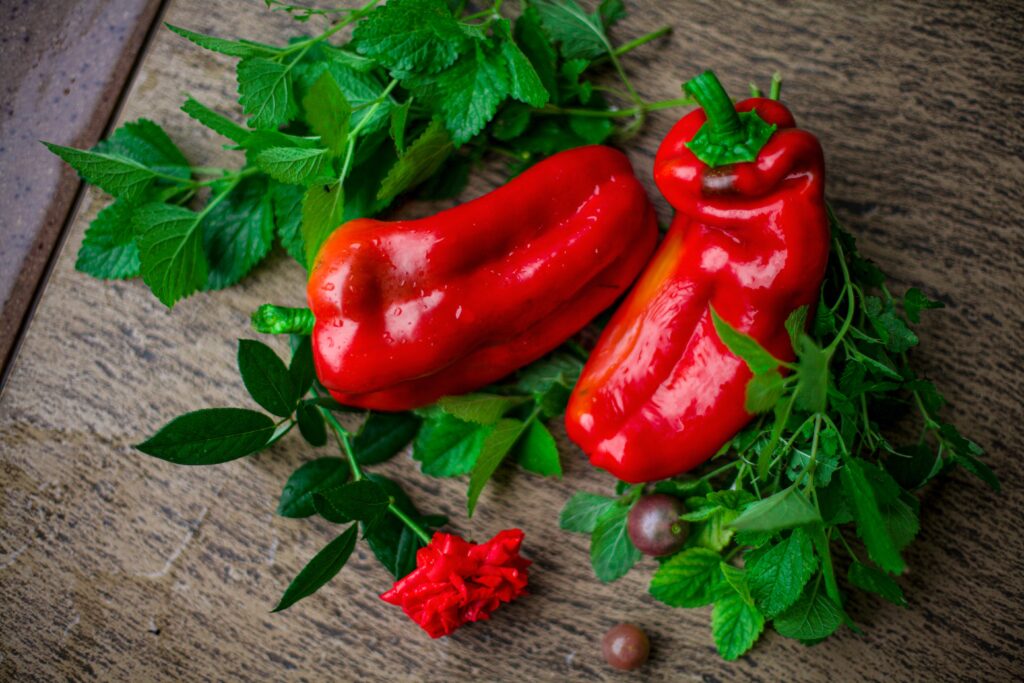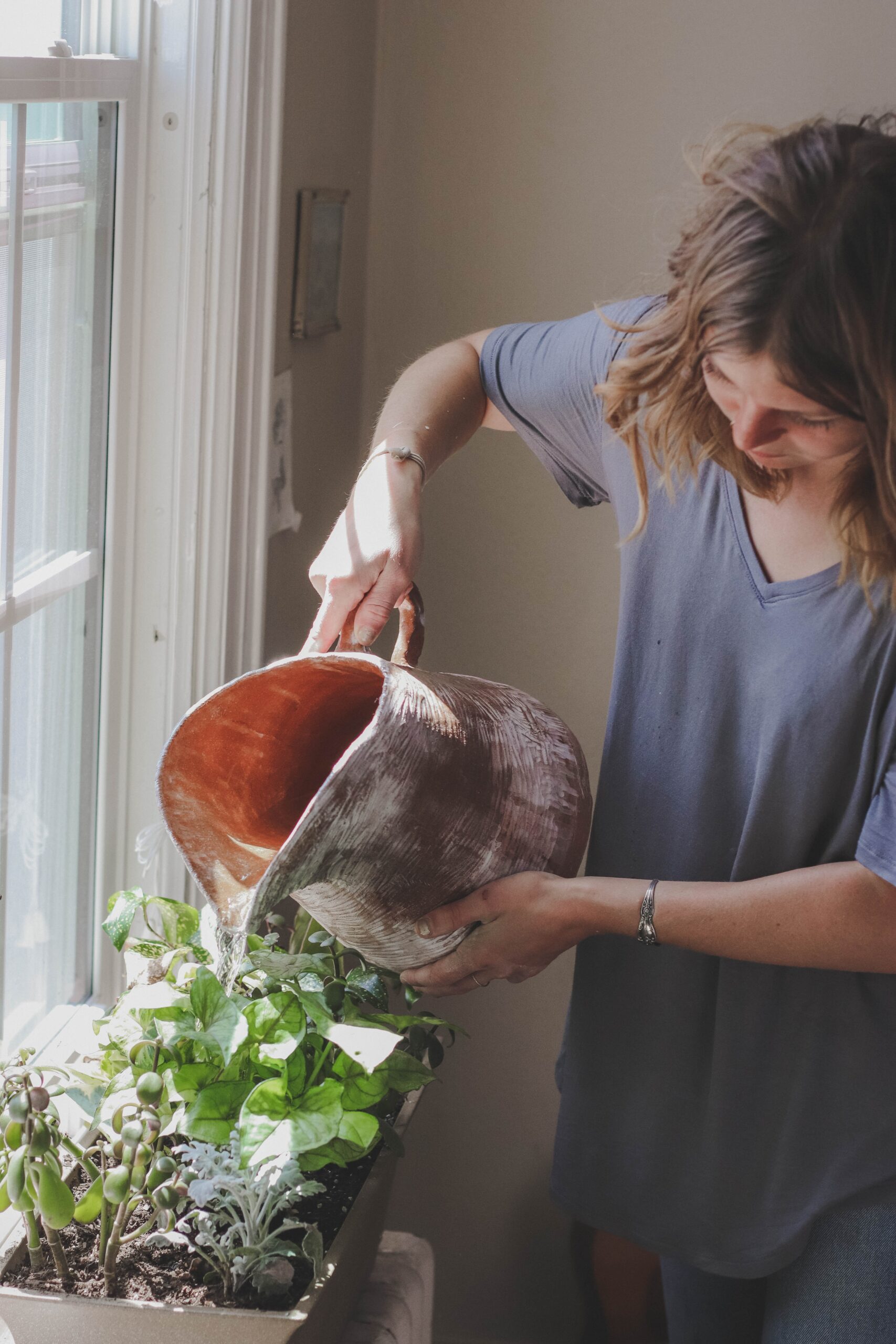Fossil-fuels are used to heat the greenhouses where a lot of the food we eat is grown. The food is then processed and packed in different factories before being transported to where it will be sold. If we need to go to a supermarket that is not in our town, we would need to travel there by car, which would add to the carbon footprint of our diet. But you can eliminate all this carbon (and wasted time) by growing your own vegetables at home.
In short, the way we produce and consume food causes more greenhouse gas emissions than the Earth can handle. If we want to feed the growing world population while also protecting our natural ecosystems and keeping global temperatures from rising more than 1.5 degrees Celsius, we need to change our food system, and cut the logistics from the equation. The good thing is that growing your own food could not only be simple, but rewarding and fun!
Contents
How to grow your own food
Get the timing right
The best time to plant vegetables and herbs depends on your local climate, but the main growing period is generally from early spring to autumn. Be sure to check the best time to plant for your specific area – the internet is full of useful tips for each plant. If you’re growing indoors, pick sunny spots and consider getting extra lighting if you’re short on natural light.
Get proper soil
To ensure your plants grow healthy and strong, use a high quality potting mix rather than soil. Potting mix is made of organic and inorganic components like coir, compost, or vermiculite, which help retain moisture and ensure there is enough air for roots to grow. Additionally, potting mix is sterile, so your plants won’t be exposed to disease pathogens or weeds. For an extra green tip, look for peat-free potting mix to help protect peat moss, a powerful carbon sink.
Start small
Some vegetables are easier to grow than others. If you don’t have a large outside space, avoid onions, broccoli, cauliflower, celery, or eggplants. A mini herb garden on your windowsill is a great idea for beginners. You can easily grow basil, rosemary, mint, thyme, oregano, and many others. You can also get creative and look for uncommon herb varieties. Try Red Perilla (tastes cinnamony), lemongrass, or sweet bergamot.

Peppers are always hot
Hot peppers take less time to mature than sweet peppers, plus they have built-in defenses that repel pests. You can start growing them easily from the seed. Try out different varieties – there’s about 4,000 of them in the world!
Get your greens
You can easily grow greens on your windowsill. Some popular choices include lettuce, arugula, kale, spinach, chard, and watercress. Get a pot that is 5 to 10 cm deep and fill it with moist soil. Sow your seeds on the surface of the soil and keep it moist. Allow the plants to grow at least 10 to 15 cm before you harvest your fresh salad.
Grow your growing, green bulbs
The next time you buy scallions, sprout the whites by securing the bulbs with a rubber band and putting them in a glass with 2 or 3 cm of water. Change the water every day, and when the roots have reached around 5 cm, move the scallions to a shallow pot. Pick up the green tops, leaving about 2 or 3 cm of the stem to regrow.
Home made ginger tea
Get a plump ginger root from your local market, making sure it has a few growth buds (they look like little horns). Plant the rhizomes 15 to 20 cm apart, 5 to 10 cm deep, and with the growth buds pointing upward. Soak the rhizomes in water overnight to get rid of any chemicals.
Get proper containers
Choose containers with wide holes for optimal drainage and that are sized correctly for the plants you are growing. Typically, the bigger the pot, the more nutrients and moisture your plants will get.
The process of reducing your carbon footprint is quite complex. You need to limit consumption, vote for green politicians, and make (sometimes) hard decisions about your lifestyle. The diet is a huge part of this change, and while some diet choices are difficult, growing your own food is not only helping the planet, but also giving you a hands-on experience with some nature and growth process. It’s a great and relaxing hobby to have!

0 Comments